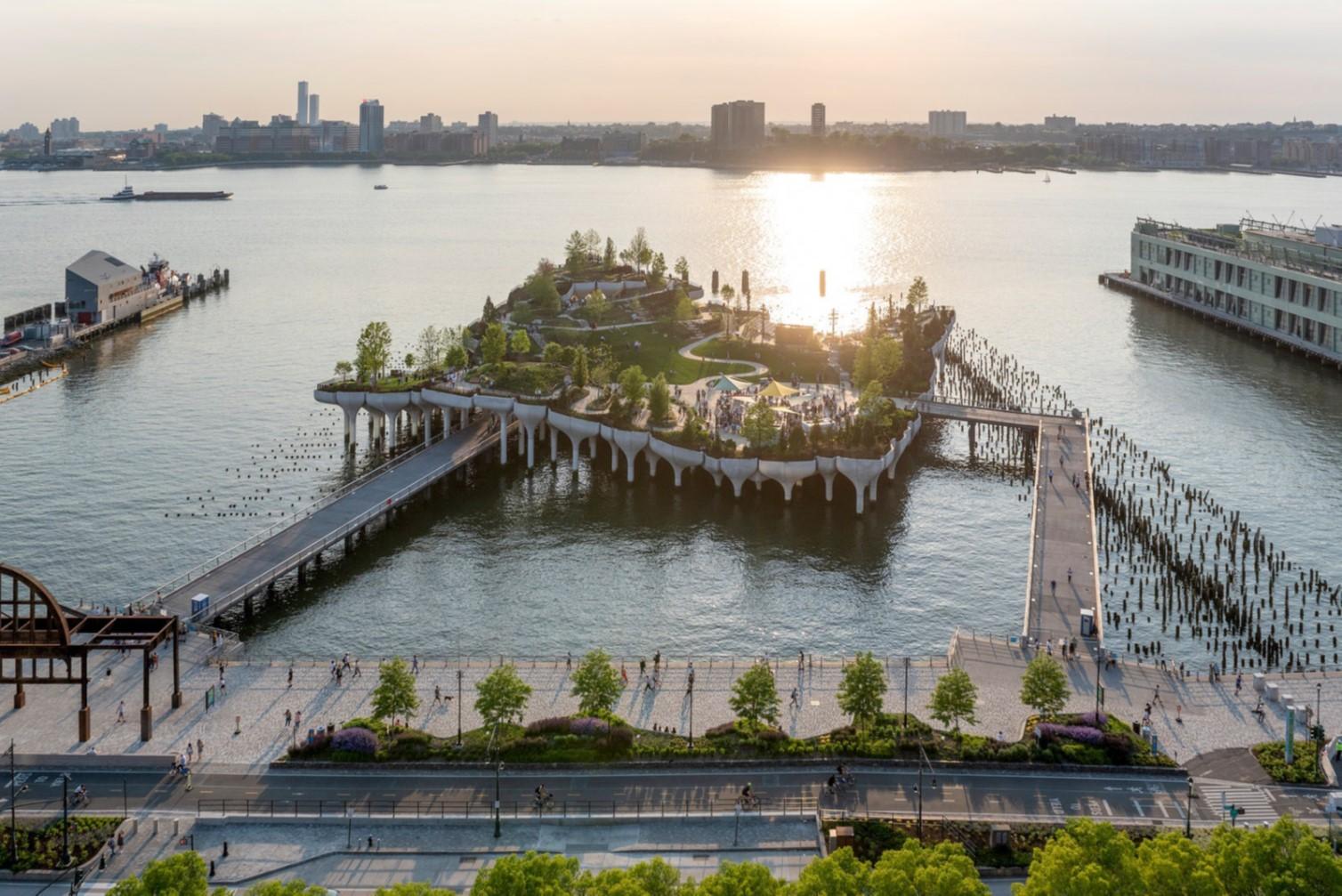LAR 342R.4 / LAR 388.6 / ARC 342R.8 / ARC 388.8
Tues 2:00 – 5:00pm, SUT 3.112
Open to all ARC students, all ARI students, LAR students, U D Students, Arch History minors, Landscape Design minors, and non-SOA students
Mirka Benes: mirkabenes@utexas.edu
Hybridity is a word often used with regard to cultural or artistic mixture, and usually associated with post-colonial cultural theories. While aware of these rich associations, I instead use hybridity to describe certain fundamental characteristics and operations of many historical and contemporary designed sites of landscape/architecture, and in particular those where the intersection of landscape and architecture occur in design thinking, processes, and construction. Hybridity may be considered an analogue to ambiguity, liminality, multivalence, fusion, and interbreeding. Hybrid structures can mediate between elements very different from each other, as in a designed ramp that becomes a bridge that is also an architectural structure, a building—an example is the Rialto Bridge in Venice, Italy. Construction materials can be hybrid in their properties, and especially new, emerging materials mingle domains of food production, technology, and nature. I call these multivalent, ambiguous forms "mediating structures," a term that has deeper resonance in the thinking of such 20th-century cultural and literary theorists as Raymond Williams. Hybridity appears to be attractive and meaningful to us, because it articulates or structures issues of complexity, that mirror the complexity of human life. Studying and discussing hybridity can lead us to reflect more deeply on the relationships between our work, our lives, and the larger, often difficult or complicated, issues confronting us worldwide today—a philosophical venture. And landscape architecture is one of the most hybrid, complex and ambiguous forms of design, in that it partners or interbreeds with natural and plant systems, scientific technological processes, art, architecture, urban spaces, and territorial-geographical systems. It is also thus one of the most synthetic design practices, in that it often simultaneously brings most of these dimensions together in one work. Such "partnerships" of hybridity may mingle spheres of sea and land, as in Kate Orff's and her firm Scape's Oyster-tecture project (2011). One of the most interesting topics in contemporary landscape architecture is that of representational hybridity—we will look at a large range of hybrid images/drawings by designers, from Gross.Max. to Tatiana Bilbao. This exploratory seminar studies mediating structures and hybridity in landscape/architectural design by using historical and conceptual lenses to consider contemporary works. Students will receive a grounding in historical examples and modes of conceptualization of hybridity and ambiguity.


